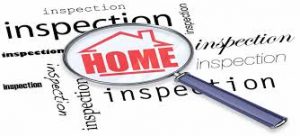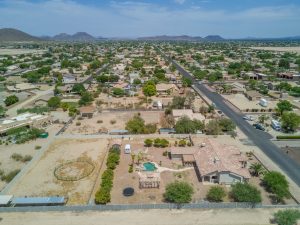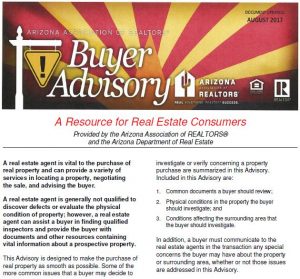 As the close of escrow date approaches, the escrow/title company will ask buyer how they wish to take title (ownership) of the property. It is important to understand the many ways to take title in Arizona:
As the close of escrow date approaches, the escrow/title company will ask buyer how they wish to take title (ownership) of the property. It is important to understand the many ways to take title in Arizona:
A. SOLE OWNERSHIP is ownership by an individual, either as:
1. Single Man or Woman: a man or woman who is not legally married.
2. Married Man or Woman as His or Her Sole and Separate Property: a married man or woman who wishes to acquire title in his or her name alone. The title company will require the spouse of the married man or woman acquiring title to disclaim (relinquish) their right, title and interest in the property.
B. CO-OWNERSHIP is ownership by two or more persons, either as:
1. Community Property: a form of taking title owned together by married persons. In Arizona, property conveyed to a married person is presumed to be community property unless otherwise stated. Each owner has the right to dispose of their half of the community property by will.
2. Community Property with Right of Survivorship: same as Community Property but upon death of one owner, their interest ends and survivor owns property.
3. Joint Tenancy: a form of taking title owned by two or more individuals, who may or may not be married, in equal interests, subject to the right of survivorship in the surviving joint tenant(s). When a joint tenant dies, title is automatically conveyed by law to surviving joint tenant(s) and thus is not subject to disposition by will.
4. Tenancy in Common: a form of taking title owned by two or more individuals in fractional interests which may be unequal in quantity or duration and may arise at different times. Each tenant in common owns a share of the property, is entitled to a comparable portion of income from property and bears an equivalent share of expenses. Each tenant in common may sell, lease or will the share of property belonging to them.
C. OTHER WAYS of taking title, either as:
1. Corporation: legal entity created under state law consisting of one or more shareholders but regarded under law as having an existence separate from such shareholders.
2. Partnership: association of two or more persons who carry on business for profit as co-owners and may hold title to property in the name of the partnership.
3. Trustees of a Trust: arrangement whereby legal title to property is transferred by grantor to a trustee, to be held and managed by that person for benefit of the people specified in the trust agreement (beneficiaries).
4. Limited Liability Company (LLC): legal entity, similar to corporation and partnership, where an operating agreement determines how LLC functions and is taxed. Like the corporation, its existence is separate from its owners.
 Home inspectors are fact reporters. They examine a property and report what they find. They are unable to make comments as to code compliance of the home or cause of problematic situations. It is important to understand that a home inspection report is not a warranty. An inspection report is a compilation of an inspector’s observations, not a promise that all systems will continue to function for any specific length of time. Home inspectors examine the exterior, interior and mechanical components of a home. They are most concerned with ensuring:
Home inspectors are fact reporters. They examine a property and report what they find. They are unable to make comments as to code compliance of the home or cause of problematic situations. It is important to understand that a home inspection report is not a warranty. An inspection report is a compilation of an inspector’s observations, not a promise that all systems will continue to function for any specific length of time. Home inspectors examine the exterior, interior and mechanical components of a home. They are most concerned with ensuring: In Arizona, a simultaneous closing occurs if the sale of the buyer’s current property closes on the same day as the buyer’s new property purchase.
In Arizona, a simultaneous closing occurs if the sale of the buyer’s current property closes on the same day as the buyer’s new property purchase.  An unincorporated area of the county that is surrounded by a city is referred to as a county island. The greater Phoenix area has several county islands, including
An unincorporated area of the county that is surrounded by a city is referred to as a county island. The greater Phoenix area has several county islands, including  The Arizona Buyer’s Advisory was created to assist home buyers in providing a research guide for conducting due diligence of items of importance. It encourages buyers to obtain important details of a property during the inspection period and contains links to assist buyers in finding this information. It also reminds buyers that real estate agents are not qualified home inspectors but that a realtor can assist a buyer in locating professionals for whatever areas of concern they may have.
The Arizona Buyer’s Advisory was created to assist home buyers in providing a research guide for conducting due diligence of items of importance. It encourages buyers to obtain important details of a property during the inspection period and contains links to assist buyers in finding this information. It also reminds buyers that real estate agents are not qualified home inspectors but that a realtor can assist a buyer in locating professionals for whatever areas of concern they may have.